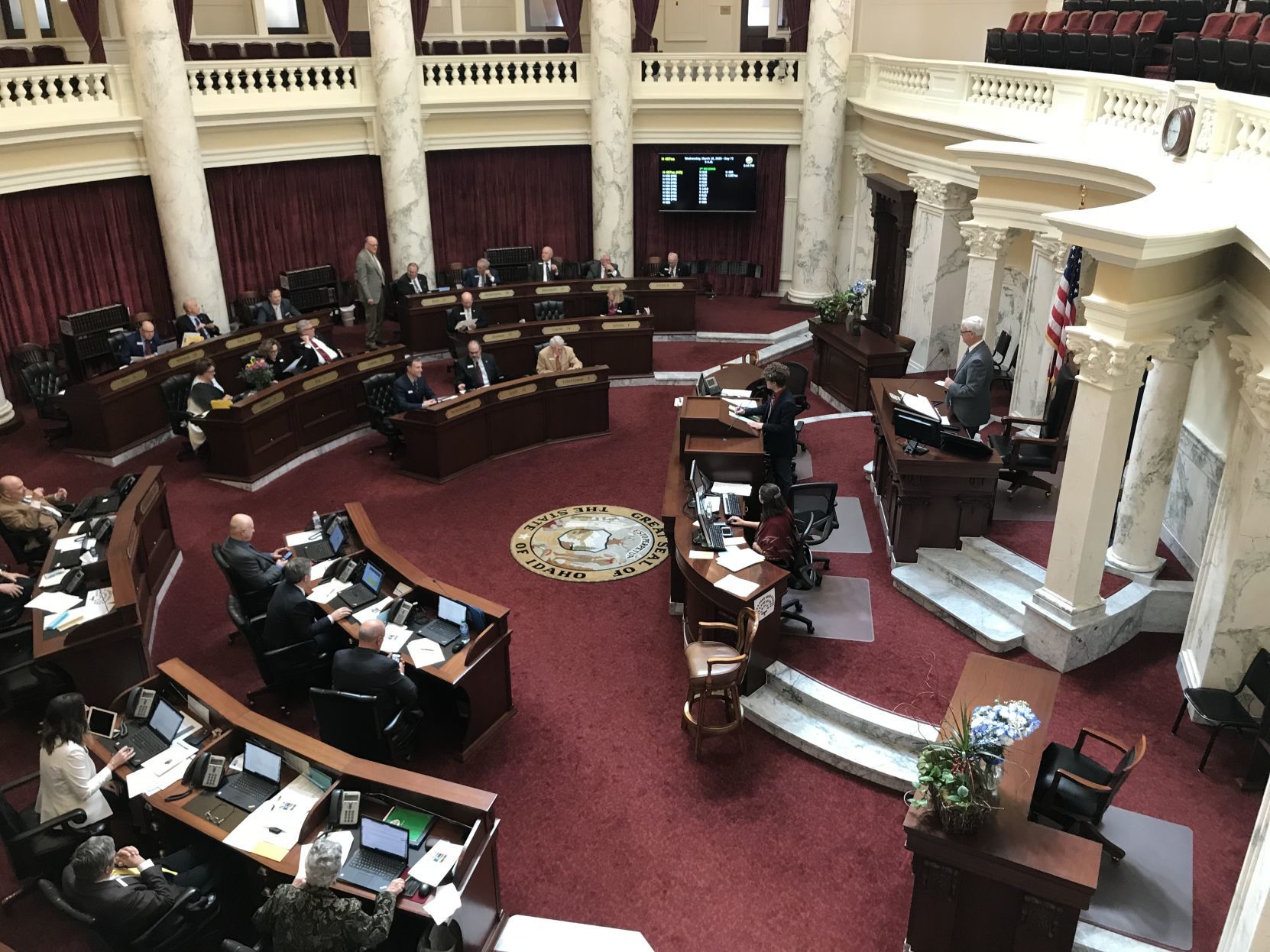


From 2009 to 2017, Democrats experienced losses in state legislative elections, totaling 968 seats altogether.įrom 1992 to 2018, the Illinois House of Representatives stayed in Democratic hands except for after the 1994 elections when Republicans held a majority for one cycle. The chamber's Republican gains in 2010, 2014, and 2016 were in line with a national trend toward Republican state legislatures during the presidency of Barack Obama (D). They lost seats in the 20 elections, bringing them down to 37, which was still a three-fifths supermajority, but they restored their 40-19 seat control in 2018. However, they saw a resurgence in the 2012 elections, winning 40 seats. In Illinois, a party with 36 seats has a three-fifths supermajority that can override gubernatorial vetoes.ĭemocrats fell below 36 seats in 2010 when Republican gains brought them down to 35 seats. Democrats held their majority in the 2004 elections and then saw large gains during the 20 Democratic waves, where they won 37 seats. In the 2002 elections, Republicans lost control when Democrats won 32 seats in the chamber. The majority Republicans won in 1992 stayed consistently between 31 and 33 members for 10 years. After that, the chamber flipped control in 1940, 1974, and then 1992, when Republicans took a 32-27 majority. Republicans dominated the chamber from 1900 to 1932, when Democrats took over in the midst of the Great Depression. Illinois State Senate election results: 1992-2018įrom 1900 to 2018, the Illinois State Senate only changed partisan control five times after a general election. Data after 2006 was compiled by Ballotpedia staff. All data from 2006 or earlier comes from Michael Dubin's Party Affiliations in the State Legislatures (McFarland Press, 2007). The table below shows the partisan history of the Illinois State Senate following every general election from 1992 to 2018. The following tables show the partisan breakdown of the Illinois State Legislature in the 2019 legislative session.įrom 1992 to 2018, the Illinois State Senate went from being a Republican-controlled chamber to a chamber controlled by Democrats. To read more about veto-proof supermajorities in state legislatures, click here. If one party has a majority in a state legislature that is large enough to override a gubernatorial veto without any votes from members of the minority party, it is called a veto-proof majority or, sometimes, a supermajority. Veto overrides occur when a legislature votes to reverse a veto issued by an executive such as a governor or the president. Illinois was also one of 22 state legislatures one party had a veto-proof supermajority. For more information about state government trifectas, click here. A state government trifecta occurs when one political party holds the governor's office, a majority in the state Senate, and a majority in the state House. Illinois was one of 14 Democratic state government trifectas at the start of 2019 legislative sessions. Partisan control in 2019 See also: State government trifectas 5 Legislatively referred constitutional amendments.The party also controlled the governorship, creating a Democratic state government trifecta. Following the 2018 election, Democrats had a 40-19 majority in the Senate and a 74-44 majority in the House. Democrats had a veto-proof supermajority this legislative session, just as they did in 2018. Illinois convened its legislative session on January 9, 2019, and legislators remained in session until November 14, 2019.


 0 kommentar(er)
0 kommentar(er)
